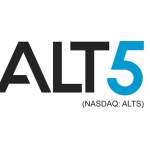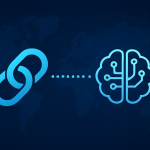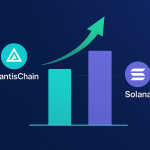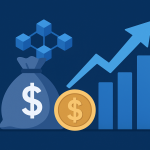AI
How AI Innovation Is Transforming Cryptocurrency Market Volatility?
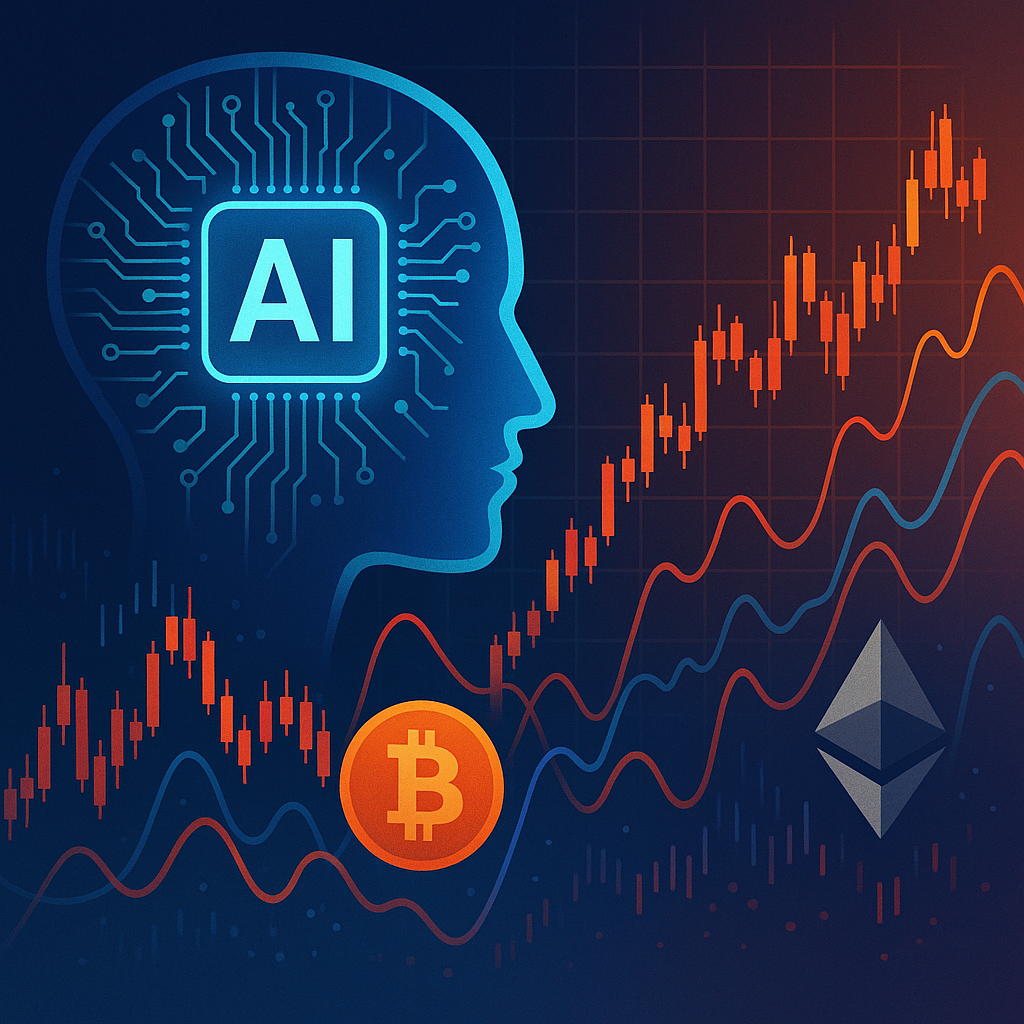
Introduction
The cryptocurrency market has always been defined by its extreme volatility. Since the inception of Bitcoin in 2009, investors have witnessed breathtaking rallies followed by gut-wrenching crashes. While various factors such as regulatory news, macroeconomic shifts, and technological developments have historically fueled these price swings, a new force has emerged that is reshaping the dynamics of the crypto space: artificial intelligence. AI innovation is no longer a peripheral factor in the cryptocurrency ecosystem. It is now a major driver influencing everything from trading strategies to market sentiment, risk assessment, and automated decision-making. This article explores how AI innovation is contributing to cryptocurrency market volatility, the benefits and risks associated with its use, and the future landscape for AI-driven crypto markets.
Understanding AI Innovation In The Crypto Sector
Artificial intelligence refers to the simulation of human intelligence in machines programmed to think, learn, and adapt. In the cryptocurrency sector, AI is being deployed in numerous ways. From machine learning algorithms that predict market trends to neural networks that facilitate faster, smarter trading, AI’s reach is profound. Advanced AI models can analyze millions of data points from social media, market sentiment indicators, technical analysis charts, and global news in real-time, allowing traders to act swiftly and strategically. This heightened efficiency and speed in processing information have intensified both the frequency and the magnitude of price fluctuations in the market.
The Intersection Of AI And Crypto Trading
One of the most significant areas where AI is impacting the cryptocurrency markets is in algorithmic trading. Algorithmic trading uses AI-powered systems to execute buy and sell orders based on predefined criteria. These trading bots can execute thousands of trades in a second, reacting to market developments faster than any human trader ever could. As a result, when major news breaks or technical signals trigger a trading opportunity, AI bots flood the market with orders, often amplifying price movements. This has led to a scenario where small news events or minor changes in market sentiment can result in disproportionately large market swings.
Furthermore, AI systems are increasingly incorporating natural language processing (NLP) to interpret news articles, Tweets, Reddit threads, and Telegram channels. They detect subtle shifts in sentiment that might hint at upcoming price movements. By doing so, AI not only predicts potential market changes but also contributes to them. The feedback loop between sentiment analysis and trading activity is becoming more pronounced, heightening volatility even further.
Positive Effects Of AI On Cryptocurrency Markets
Despite the risks associated with increased volatility, AI has brought several positive changes to the cryptocurrency landscape. First and foremost, AI enhances market efficiency. By rapidly analyzing data and executing trades, AI helps to align prices more closely with available information. This reduces arbitrage opportunities and levels the playing field for investors.
Secondly, AI tools are improving risk management for investors and trading platforms. Advanced predictive models allow traders to identify potential risks before they materialize, enabling more informed decision-making. Similarly, exchanges and wallet providers are using AI-driven systems to detect suspicious transactions, enhancing security across the ecosystem.
Moreover, AI innovations are facilitating the development of decentralized finance (DeFi) protocols and smart contracts. AI-enhanced DeFi applications can adapt to user behavior, optimize yields, and manage liquidity pools more effectively. This leads to a richer, more dynamic financial ecosystem built on the blockchain.
How AI Innovation Increases Volatility?
While AI-driven efficiency is a net positive for the industry, its role in amplifying market volatility cannot be overlooked. Automated trading bots operating on similar AI models often converge on the same strategies, leading to sudden market moves known as “flash crashes” or “flash rallies.” When several bots interpret the same data similarly, they can collectively execute massive buy or sell orders that overwhelm human traders.
Additionally, AI models sometimes operate on incomplete or biased data. If a model interprets a rumor as credible news and reacts accordingly, it can trigger widespread market panic or exuberance. This phenomenon was observed several times during 2024 when false reports of major Bitcoin bans or Ethereum vulnerabilities circulated online, leading to steep price drops driven largely by algorithmic trading bots.
Furthermore, the use of leveraged AI trading amplifies the effects of market moves. Many AI-driven platforms offer high leverage, meaning small price movements are magnified several times over. Consequently, minor fluctuations can lead to cascading liquidations and snowballing market volatility.
Case Studies Of AI-Driven Volatility In Crypto
A prime example of AI innovation influencing crypto market volatility occurred in February 2025, when an AI model misinterpreted an academic article on blockchain vulnerabilities as breaking news about a new exploit in Ethereum. Within minutes, trading bots worldwide executed large-scale sell orders, causing Ethereum to plummet by 15 percent before human traders realized the mistake and corrected course. The entire episode lasted less than an hour but wiped billions off Ethereum’s market cap temporarily.
Another notable case involved Bitcoin in late 2024. A coordinated AI-driven trading strategy was detected wherein multiple bots simultaneously executed buys based on positive sentiment scores linked to a government announcement supporting blockchain development. This coordinated buying frenzy pushed Bitcoin prices up by 7 percent within 30 minutes before stabilizing.
The Role Of Machine Learning In Predicting Volatility
Machine learning, a subset of AI, plays a crucial role in predicting cryptocurrency market movements. Models such as support vector machines (SVM), recurrent neural networks (RNN), and reinforcement learning algorithms are trained on historical price data, sentiment trends, and macroeconomic indicators. These models forecast the probability of market dips, surges, or periods of consolidation.
However, while predictive models have improved, they are not foolproof. Crypto markets are inherently susceptible to unpredictable factors such as regulatory announcements or macroeconomic crises. Consequently, while machine learning can forecast trends with increasing accuracy, it cannot eliminate the element of surprise that characterizes cryptocurrency trading.
Ethical Concerns Around AI In Crypto Markets
The rapid deployment of AI in crypto trading raises significant ethical and regulatory concerns. Critics argue that AI-driven volatility disproportionately impacts retail investors who lack access to sophisticated trading tools. Moreover, the use of AI models trained on biased or incomplete data can result in market manipulation, albeit unintentionally.
There is also the issue of accountability. When a flash crash occurs due to AI misinterpretation, pinpointing responsibility becomes challenging. Was it the developer of the algorithm, the trader deploying it, or the exchange facilitating its execution? These unanswered questions highlight the need for clearer regulations governing the use of AI in cryptocurrency markets.
Future Predictions: The AI-Crypto Nexus
Looking ahead, AI’s influence on cryptocurrency markets is expected to grow exponentially. Innovations such as quantum computing and advanced neural networks will make AI systems even more powerful and sophisticated. Future trading algorithms may not just react to news but predict it, interpreting complex geopolitical and economic patterns to anticipate market reactions days or weeks in advance.
However, as AI becomes more entrenched in crypto trading, so too will efforts to regulate its use. Authorities across the world, from the U.S. Securities and Exchange Commission (SEC) to the European Securities and Markets Authority (ESMA), are already studying ways to manage AI-driven trading to protect market stability and investor interests.
Simultaneously, decentralized autonomous organizations (DAOs) may emerge as a counterbalance, offering community-driven alternatives to centralized, AI-dominated trading ecosystems. These DAOs could develop and manage open-source AI trading bots designed to level the playing field for all participants.
Conclusion
AI innovation is undeniably reshaping the cryptocurrency landscape, offering unparalleled benefits while introducing new risks. Its role in enhancing market efficiency, improving risk management, and optimizing DeFi applications is commendable. Yet, the amplification of market volatility, the ethical challenges, and the regulatory gaps it exposes demand urgent attention. As we move into a future where AI and blockchain technologies are increasingly intertwined, a balanced approach that fosters innovation while safeguarding market integrity will be essential. Stakeholders across the crypto ecosystem—developers, investors, regulators, and academics—must collaborate to ensure that the marriage of AI and cryptocurrency serves the greater good, paving the way for a fairer, more resilient financial future.






